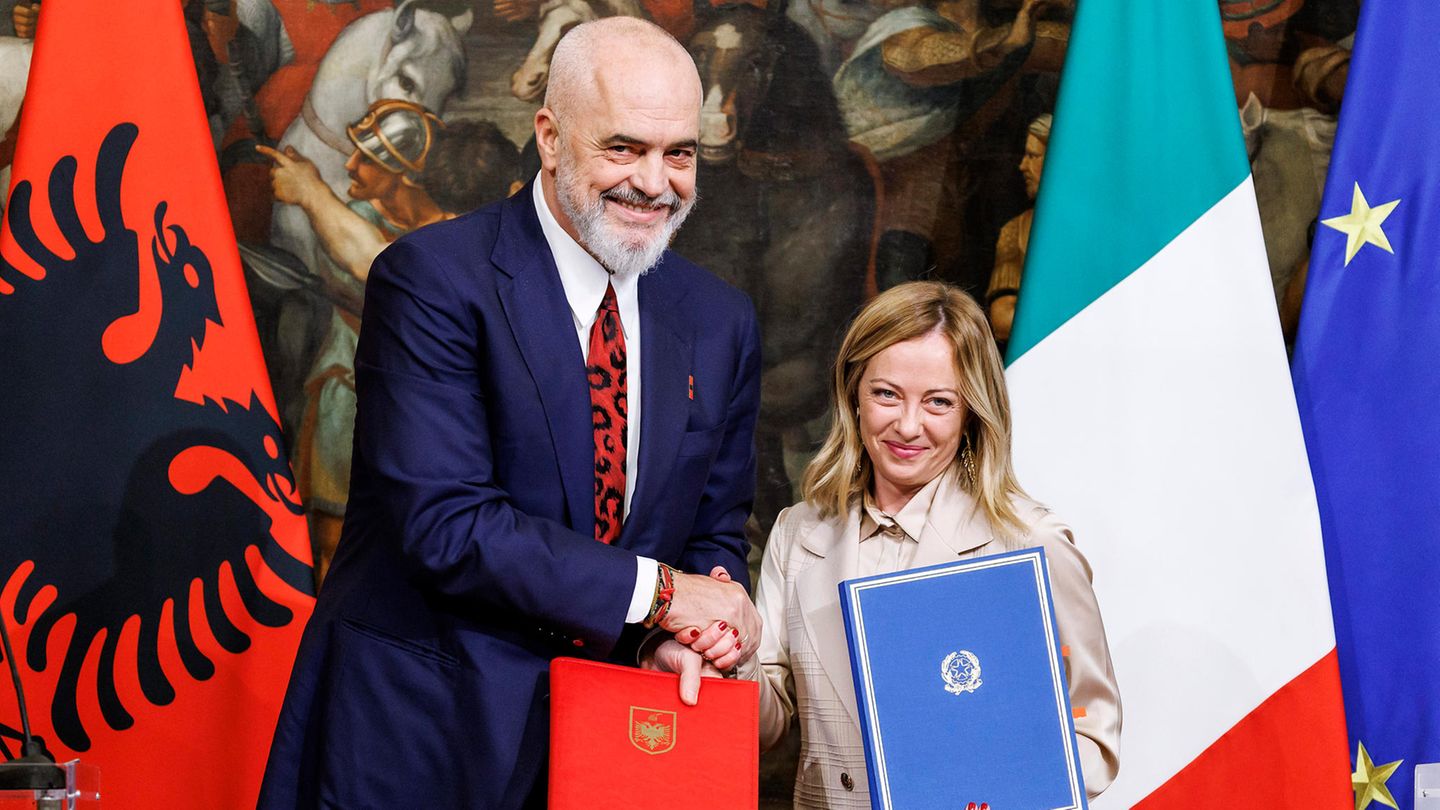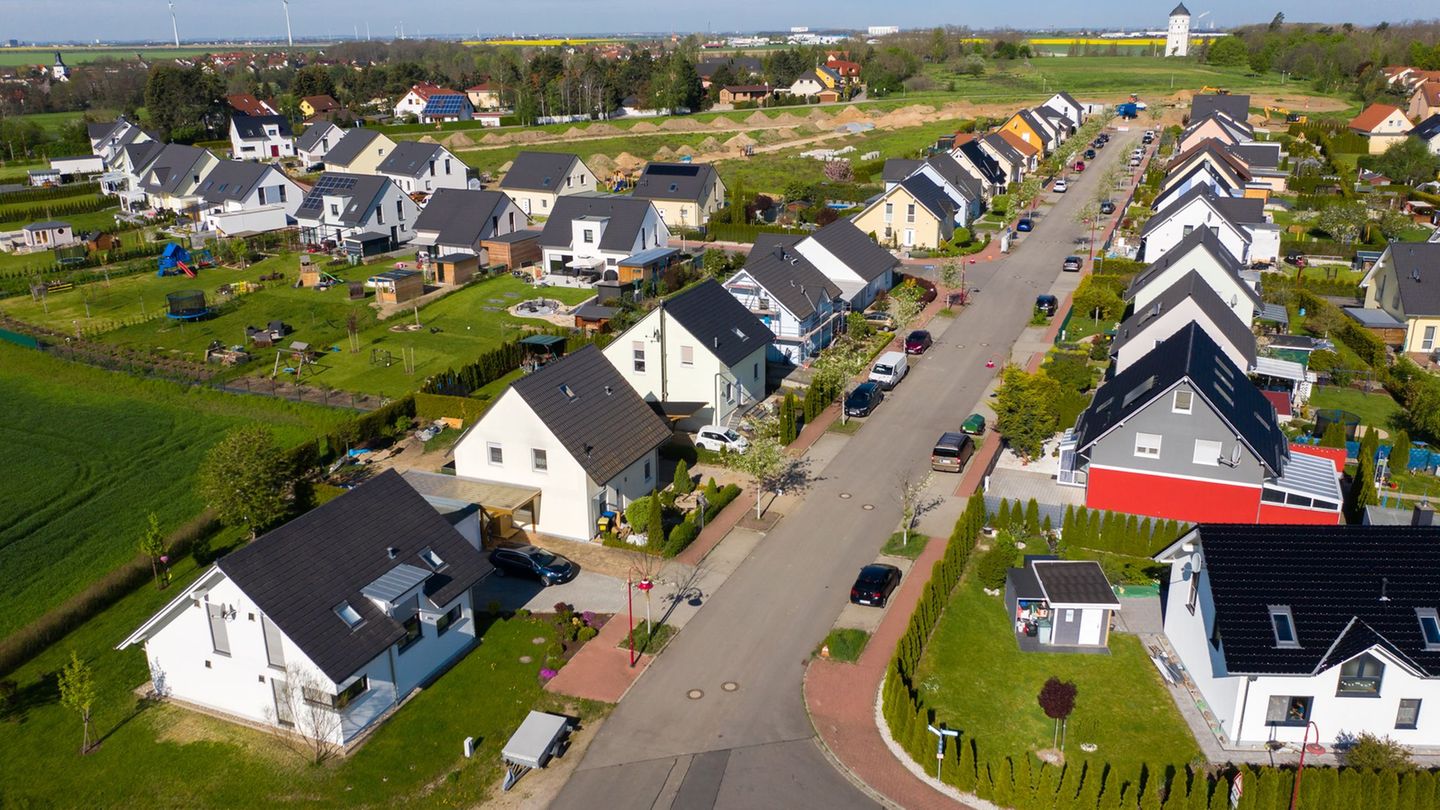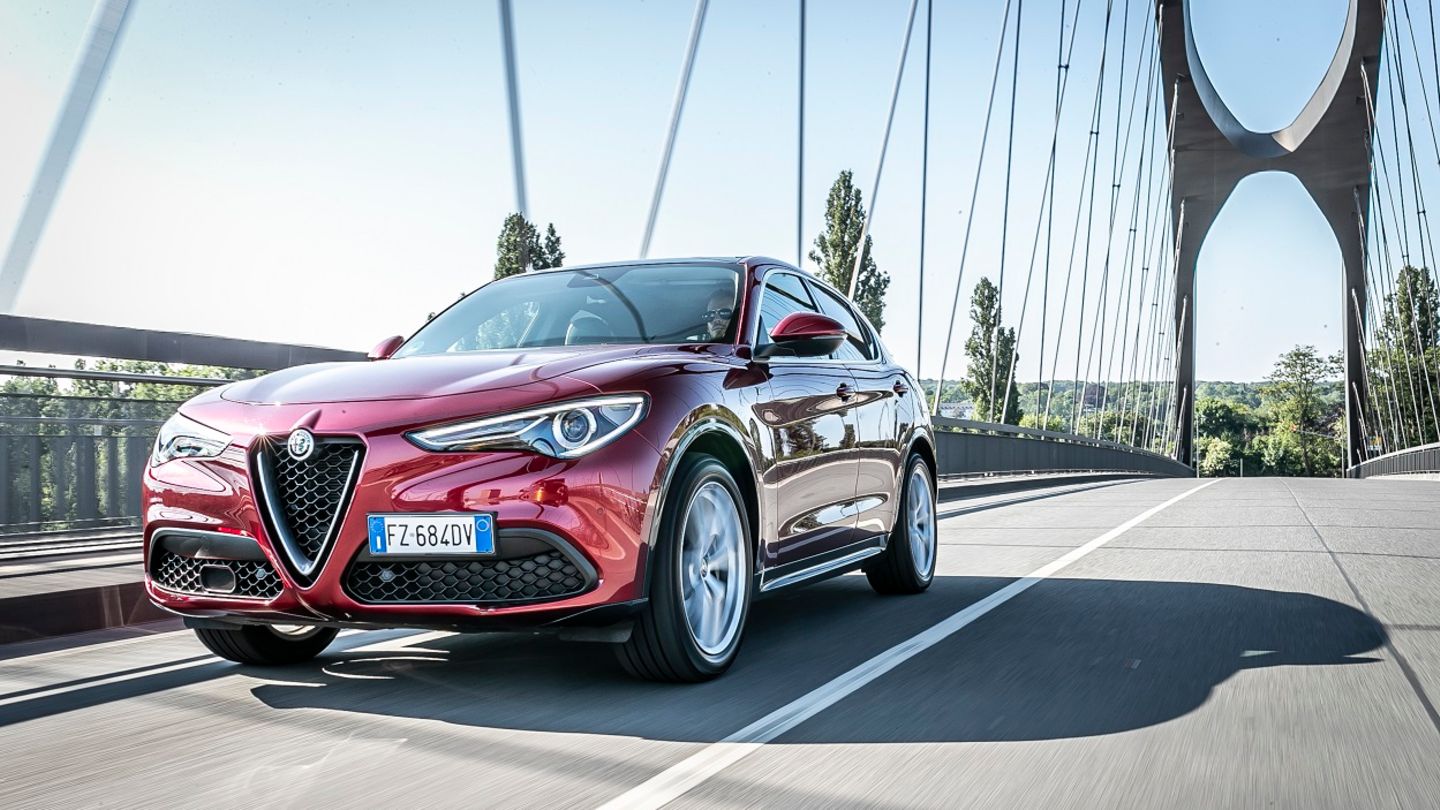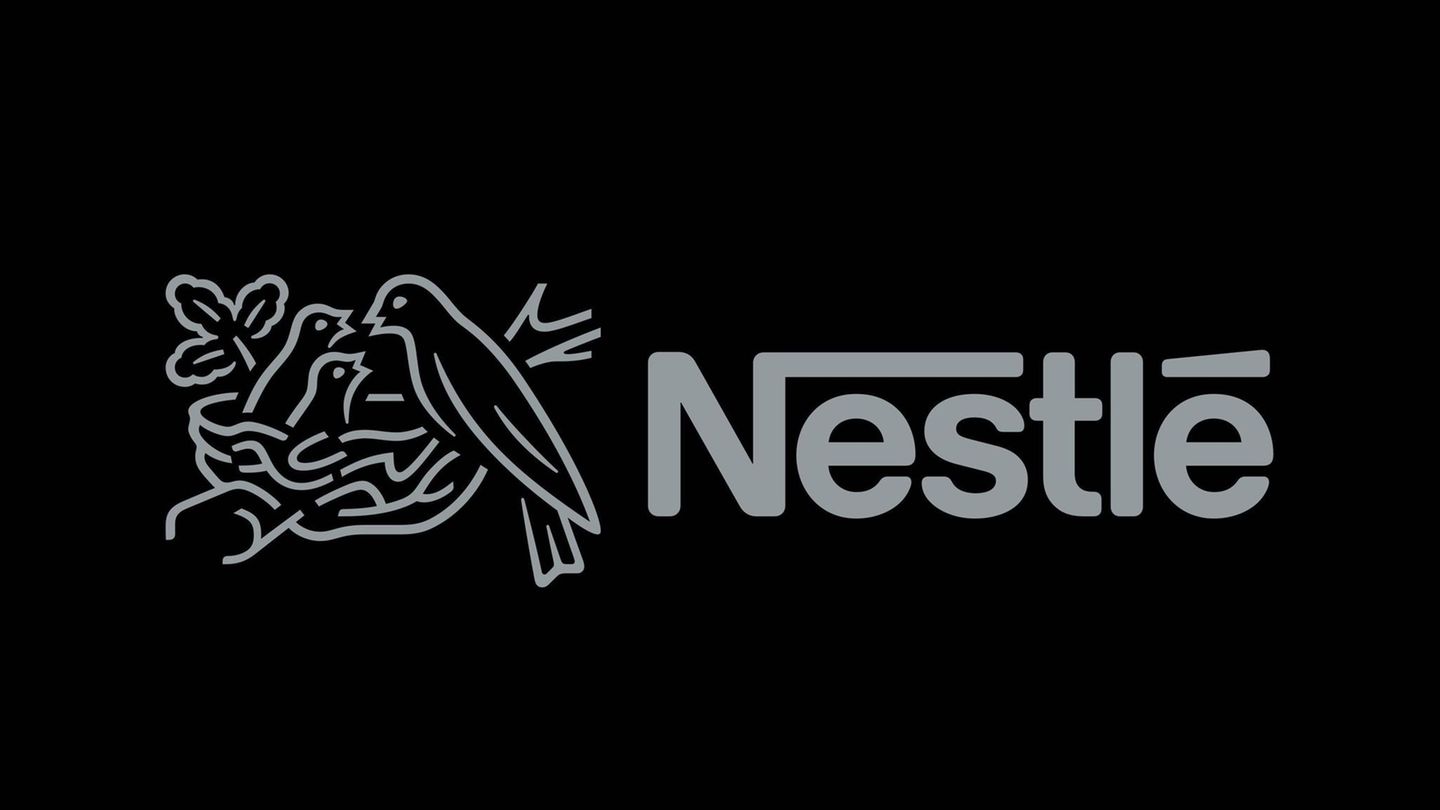analysis
Interior Minister Faeser sympathizes with star-Interview with asylum centers in third countries, she is watching the Italy-Albania deal with interest. The idea is not new at all, the EU states already proposed something similar in 2018 – and failed.
The EU Commission has barely completed its controversial migration package when calls for asylum procedures in third countries are becoming louder. First it was the European People’s Party (EPP) around the CSU’s top candidate Manfred Weber, who called for a so-called Rwanda model for the EU in their manifesto for the upcoming European elections. It states: “Anyone who applies for asylum in the EU should be transferred to a safe third country and go through the asylum procedure there.”
Meanwhile, the Social Democrats also seem to sympathize with the idea. The unanimous opposition to outsourcing asylum procedures is crumbling. SPD Interior Minister Nancy Faeser says that she “Sympathies for the so-called Albania model” recognize: “I look forward to seeing what Italy does together with Albania”In June, it plans to present an investigative report that will explore similar partnerships.
But what is the Albania deal about?
Already in November last year, post-fascist Prime Minister Giorgia Meloni concluded an agreement with Albania under which the Balkan state would accept migrants rescued by Italy from international waters.
Italy plans to operate two asylum centers for up to 3,000 migrants each at the port of Shengjin on the Albanian coast. The refugees could be held there for around a month while Italian authorities examine their asylum applications. This would allow around 36,000 asylum applications to be processed outside Italy each year.
The difference to the controversial Rwanda deal of the United Kingdom: The reception centers are aimed exclusively at people who cross the Mediterranean to Italy. After being rescued on the high seas, they will no longer be taken to safe harbors in Italy, but to Albania. In addition, Italian and not Albanian authorities will run the centers and examine the asylum applications.
Asylum procedures in third countries: A “central question” remains
According to international maritime law, the nearest safe port is actually responsible for rescued migrants. Italy has repeatedly refused to accept them in recent years and has blocked rescue boats in Italian ports. The new EU migration pact, which was only adopted by the EU Parliament in April, is actually aimed at precisely this problem. Among other things, it is intended to ensure that Mediterranean states are relieved more effectively in times of crisis, for example by other EU countries providing staff or financial assistance or by taking in asylum seekers. At the time, Federal Minister of the Interior Faeser was optimistic. She said: “We have overcome a deep divide in Europe when it comes to migration.”
The deal between Italy and Albania is sharply criticized by non-governmental organizations: “People rescued from the sea by Italian authorities, including those seeking safety in Europe, fall under Italian jurisdiction and cannot be transferred to another country until their asylum claim and individual circumstances have been examined. It’s that simple”says Amnesty migration expert Elisa De Pieri.
In fact, the EU has already addressed this issue. In July 2018, European heads of state proposed disembarkation platforms for migrants in third countries. The EU Commission, then under Jean-Claude Juncker, presented a concept for this a few weeks later.
Difficult search for partner states
It envisaged setting up EU-controlled centres in third countries to distinguish between irregular migrants and those who need European protection. “Regional disembarkation platforms” the Commission called it that. In 2018, however, the proposal was unsuccessful. The European Parliament was critical of the plan. However, a legal opinion from the responsible Committee on Civil Liberties (LIBE) did not question the legal basis in its entirety: According to it, the EU might no longer have to bear responsibility for migrants if they were rescued in international waters and from there taken directly to the platforms in third countries.
Ultimately, the EU’s plan failed due to a lack of partner countries; third countries did not want to get involved in the deal. The African Union rejected the proposal unanimously. The platform idea was a “simplistic and therefore counterproductive solution”said the then Moroccan Foreign Minister Nasser Bourita in 2018.
Nancy Faeser also seems to be aware of the difficulty of finding partner states. In June, she plans to present an audit report that will not only examine the legal basis of the controversial deals, but also explore potential partners. In an interview with star says the Interior Minister: “The key question remains: Which state would actually be willing to accept refugees in large numbers? Which country would ensure the safety of these people and also return them if they were refused?”
Source: Stern
I have been working in the news industry for over 6 years, first as a reporter and now as an editor. I have covered politics extensively, and my work has appeared in major newspapers and online news outlets around the world. In addition to my writing, I also contribute regularly to 24 Hours World.




